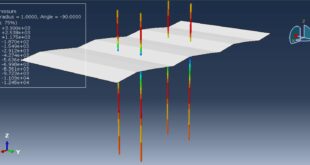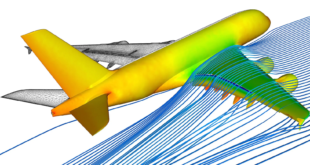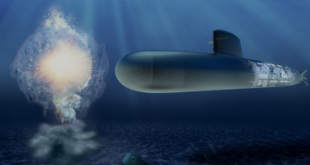Introduction to Heat Transfer in Abaqus
Abaqus is a powerful finite element analysis (FEA) software capable of modeling heat transfer problems. The heat transfer functionality in Abaqus allows engineers and researchers to simulate thermal processes in various engineering applications
Key Capabilities of Heat Transfer in Abaqus
Abaqus can handle three primary modes of heat transfer
Conduction – Heat transfer through solids or stationary fluids
Convection – Heat transfer between surfaces and surrounding fluids
Radiation – Heat transfer via electromagnetic waves
Types of Heat Transfer Analyses
Abaqus supports several heat transfer analysis types
Steady-state heat transfer: Where temperatures remain constant over time
Transient heat transfer: Where temperatures change with time
Coupled thermal-stress analysis: Where thermal and mechanical analyses interact
Adiabatic Analysis: For rapid processes where heat transfer is negligible
Modeling Approaches
In Abaqus, heat transfer problems can be modeled using
Standard models for linear or nonlinear heat transfer
Coupled models that combine thermal with mechanical, electrical, or other physical phenomena
User-defined subroutines for specialized material behaviors or boundary conditions
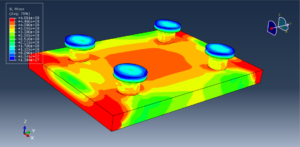
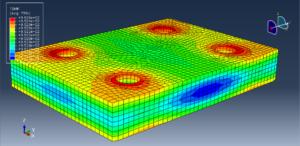

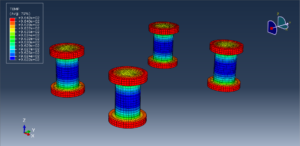
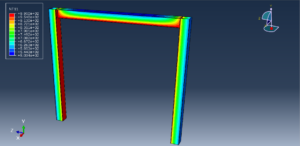
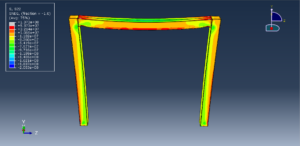
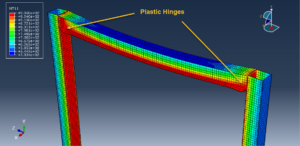



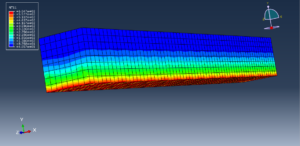
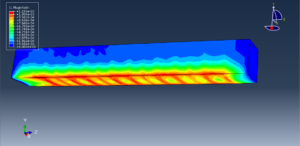
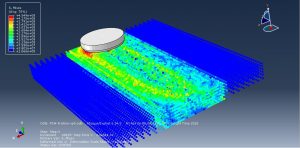


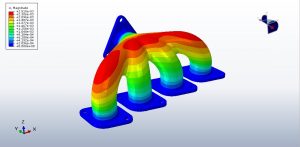
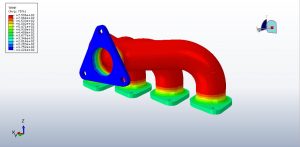
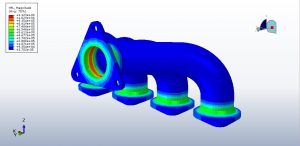
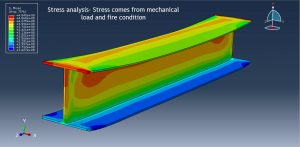
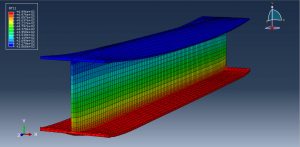
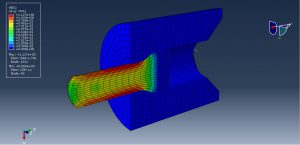
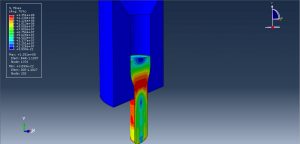


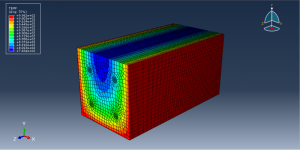

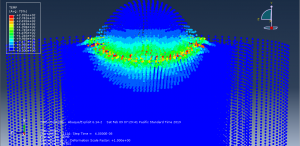
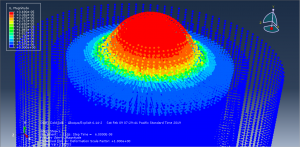
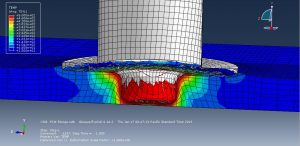

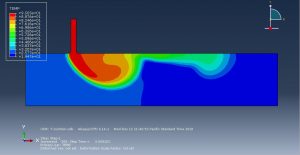
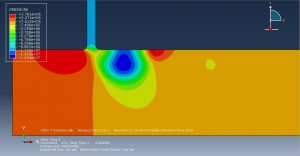
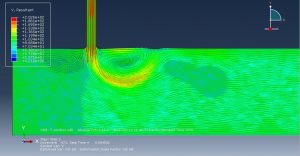
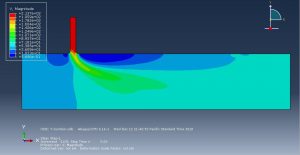
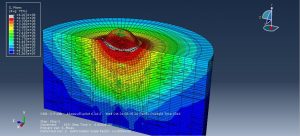
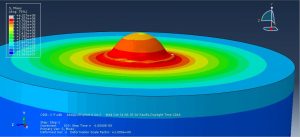

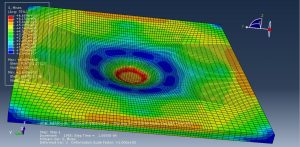
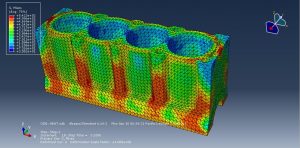
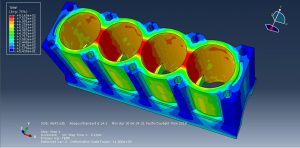
Typical Applications
Heat transfer analysis in Abaqus is used for
Electronic component cooling
Thermal stress analysis
Manufacturing processes (welding, casting, heat treatment)
Building energy analysis
Aerospace thermal protection systems

The software provides comprehensive tools for defining material properties, boundary conditions, heat fluxes, and thermal interactions between components, making it a versatile solution for thermal analysis across many industries
 Abaqus tutorials Abaqus tutorials
Abaqus tutorials Abaqus tutorials
